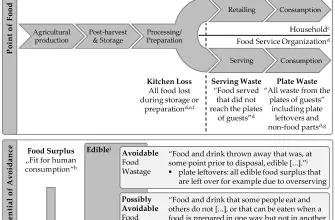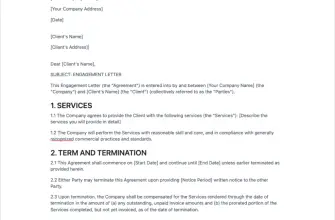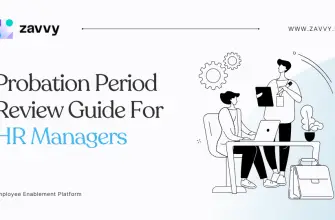In the ever-changing business landscape, the concepts of redeployment and redundancy have become increasingly significant. Redeployment, meaning the process of moving employees to different roles or departments within the same organisation, is often used as an alternative to redundancy. Redundancy, on the other hand, refers to the dismissal of employees because a job or a role is no longer needed. Both these concepts are governed by specific laws and rights in the UK, which HR professionals and managers must be aware of to ensure fair and legal practices. This article aims to provide an essential guide to the UK law on redeployment and redundancy for HR and managers.
Understanding Redeployment
Redeployment, in its simplest form, is the process of moving an employee from their current role to a different one within the same organisation. The redeployment definition encompasses a variety of situations, including business restructuring, performance issues, or health and safety concerns. It’s important to note that redeployment rights in the UK protect employees from unfair treatment during this process.
Redeployment in the NHS
One of the largest employers in the UK, the National Health Service (NHS), has a specific redeployment policy. The NHS redeployment policy aims to retain and utilise the skills of its workforce effectively, especially during periods of organisational change or when an employee’s role becomes redundant. The policy ensures that employees are given suitable alternative employment opportunities before considering redundancy.
Understanding Redundancy
Redundancy is a form of dismissal that occurs when an employer needs to reduce their workforce. The redundancy definition in business terms refers to the situation where an employee’s job no longer exists, often due to changes in the company’s structure, technology, or the business’s needs. Redundancy rights in the UK protect employees from unfair dismissal and ensure they receive appropriate compensation.
Redundancy Rules and Rights in the UK
- Employees are entitled to redundancy pay if they have been with the company for at least two years.
- The amount of redundancy pay depends on the employee’s age, length of service, and weekly pay.
- Employees have the right to a consultation if their employer is making 20 or more employees redundant within 90 days or less.
- Employees have the right to time off to look for a new job or arrange training when facing redundancy.
Redeployment vs Redundancy
Redeployment and redundancy are two different approaches that businesses can take when a role is no longer needed. Redeployment, meaning the reassignment of an employee to a different role, is often seen as a more favourable alternative to redundancy. It allows businesses to retain valuable employees and their skills, reducing the costs associated with hiring and training new staff. However, it’s important to note that employees can refuse redeployment if the new role is not suitable.
Should I Take Redundancy or Redeployment?
This is a common question among employees facing these situations. The answer depends on various factors, including the employee’s personal circumstances, the suitability of the new role, and the redundancy package on offer. It’s crucial for employees to understand their redeployment rights and redundancy rights before making a decision.
Redeployment and Redundancy Law in the UK
The UK law provides specific guidelines on how businesses should handle redeployment and redundancy. Employers must follow a fair redundancy process, which includes informing the employee, holding consultations, considering alternatives to redundancy, and giving the right notice period. Similarly, when redeploying staff, employers must ensure the new role is suitable and that the employee receives appropriate training.
Redundancy Disputes
Redundancy disputes can arise if an employee feels they have been unfairly selected for redundancy or if the employer has not followed the correct redundancy process. In such cases, employees can take their case to an employment tribunal. It’s essential for businesses to understand the risk of redundancy disputes and take steps to minimise this risk.
Conclusion
Understanding the concepts of redeployment and redundancy, and the laws governing them, is crucial for HR professionals and managers. By following the correct processes and respecting employees’ rights, businesses can navigate these challenging situations in a fair and legal manner. Whether considering redeployment or redundancy, the key is to communicate openly with employees, provide support, and make decisions that are in the best interest of both the business and the employees.









